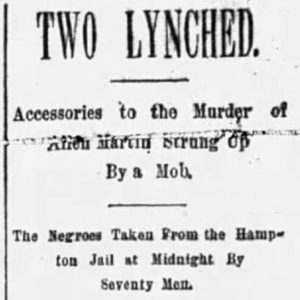 Ware Lynching Article
Ware Lynching Article
Time Period: Post-Reconstruction through the Gilded Age (1875 - 1900)
 Ware Lynching Article
Ware Lynching Article
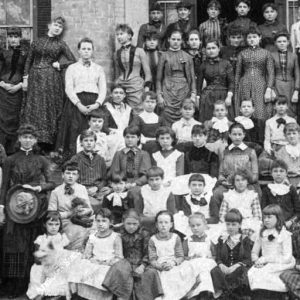 Julia McAlmont Warner in College
Julia McAlmont Warner in College
Warner, Myra Cordelia McAlmont
 Warren Story
Warren Story
Washington Confederate Monument
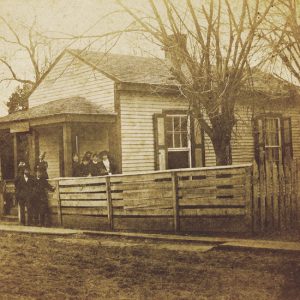 Washington Post Office
Washington Post Office
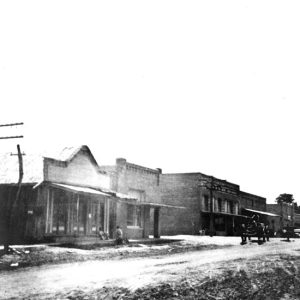 Washington Street Scene
Washington Street Scene
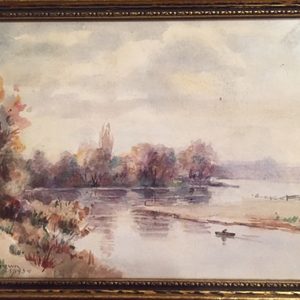 Watercolor
Watercolor
 Claibourne Watkins
Claibourne Watkins
Watkins, Claibourne
Watson, Hattie Rutherford
aka: Harriet Louise Gertrude Rutherford Watson
 Patrick S. G. Watson
Patrick S. G. Watson
Webster, J. H. (Murder of)
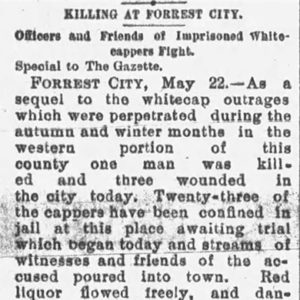 J. H. Webster Murder Article
J. H. Webster Murder Article
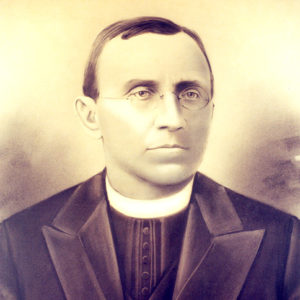 Eugene John Weibel
Eugene John Weibel
Weibel, Eugene John
aka: Johann Eugen Weibel
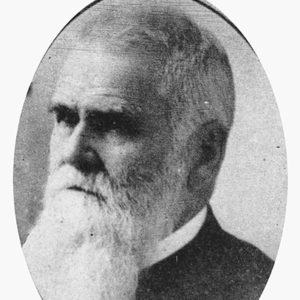 William B. Welch
William B. Welch
Welch, William Blackwell
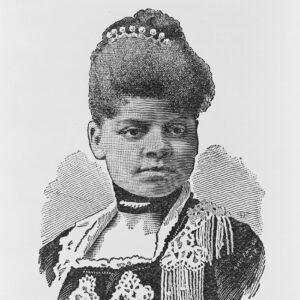 Ida B. Wells
Ida B. Wells
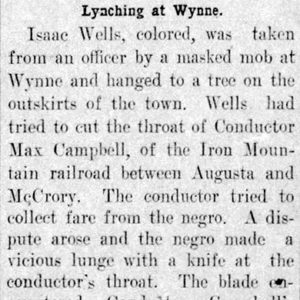 "Isaac" Wells Lynching Article
"Isaac" Wells Lynching Article
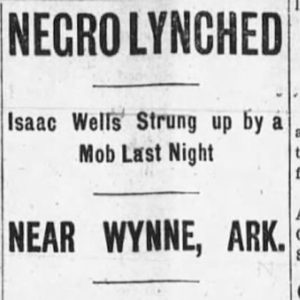 "Isaac" Wells Lynching Article
"Isaac" Wells Lynching Article
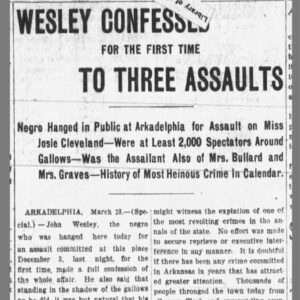 John Wesley Execution Story
John Wesley Execution Story
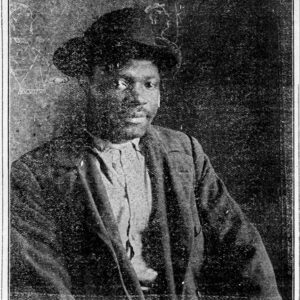 John Wesley Execution Story
John Wesley Execution Story
West End Park
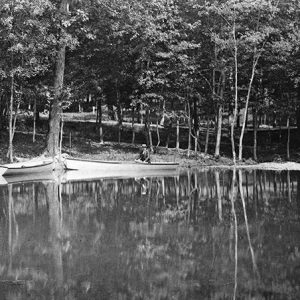 West End Park, 1890
West End Park, 1890
Wheeler, Lloyd Garrison
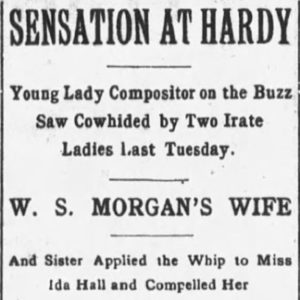 Whipping Article
Whipping Article
White, Hayes (Execution of)
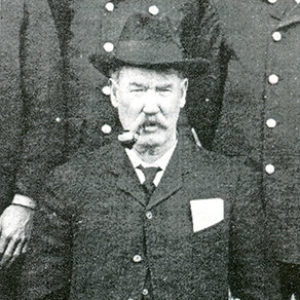 Hercules King Cannon White
Hercules King Cannon White
White, Isom (Execution of)
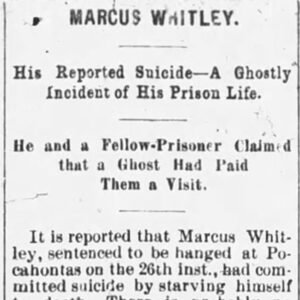 Whitley Suicide Story
Whitley Suicide Story
Whitley, Marcus (Execution of)
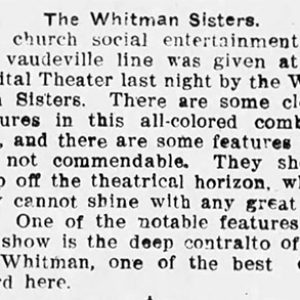 Whitman Sisters Article
Whitman Sisters Article
 Wiley Lynching Article
Wiley Lynching Article
Wiley, Bill (Lynching of)
William H. Grey Gravesite
William L. Terry House
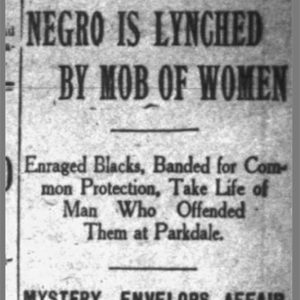 Ernest Williams Lynching Article
Ernest Williams Lynching Article
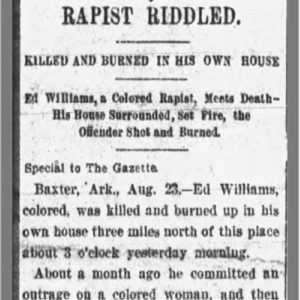 Edward Williams Lynching Article
Edward Williams Lynching Article
Williams, Albert (Lynching of)
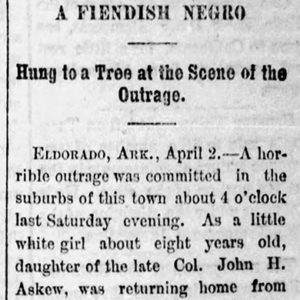 Albert Williams Lynching Article
Albert Williams Lynching Article
Williams, Edward (Reported Lynching of)
 Frank Williams Execution Article
Frank Williams Execution Article
Williams, Robert (Execution of)
 William W. Wilshire
William W. Wilshire
Wilshire, William Wallace
Wilson, Tom (Lynching of)
 Tom Wilson Lynching Article
Tom Wilson Lynching Article
Winslow Tunnel
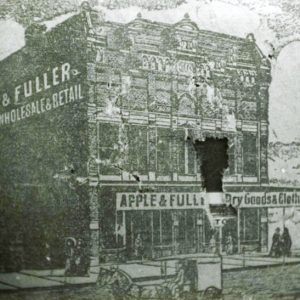 Witcherville Retailer
Witcherville Retailer




